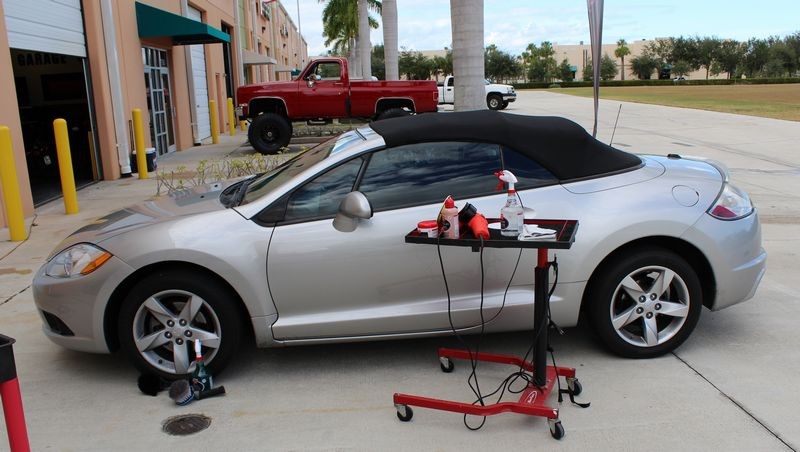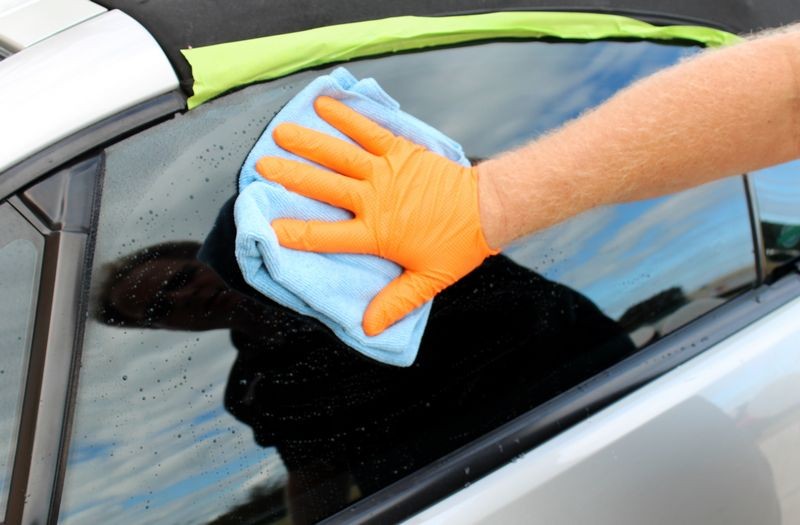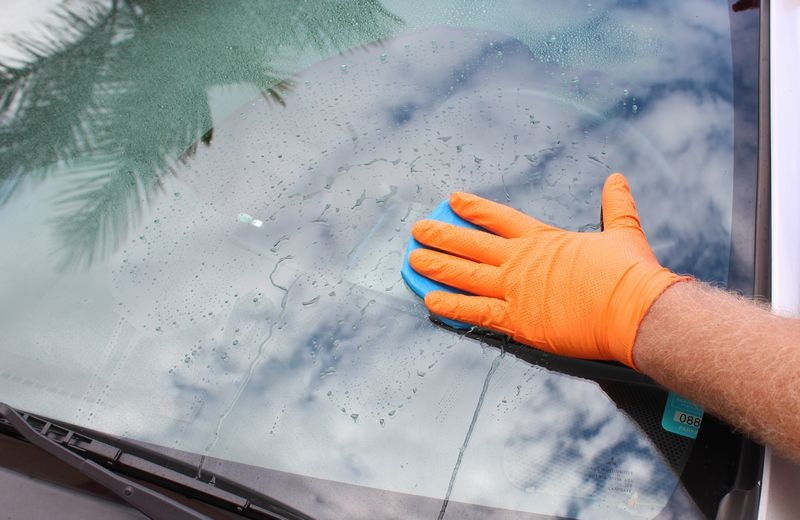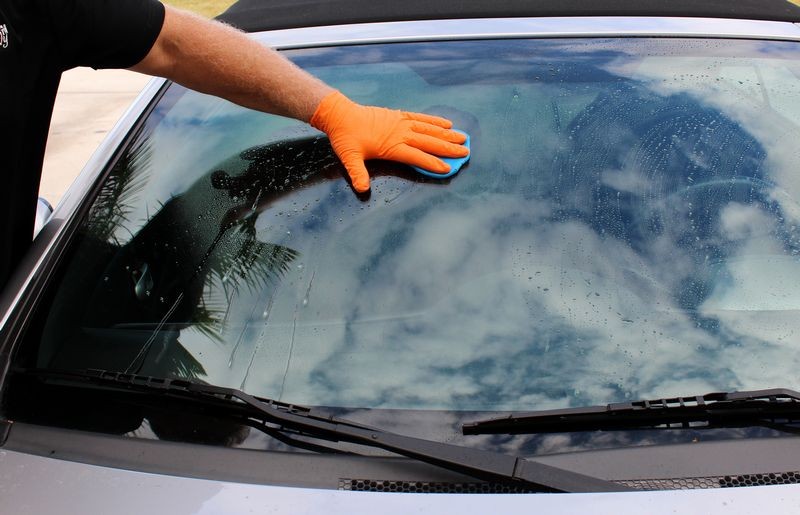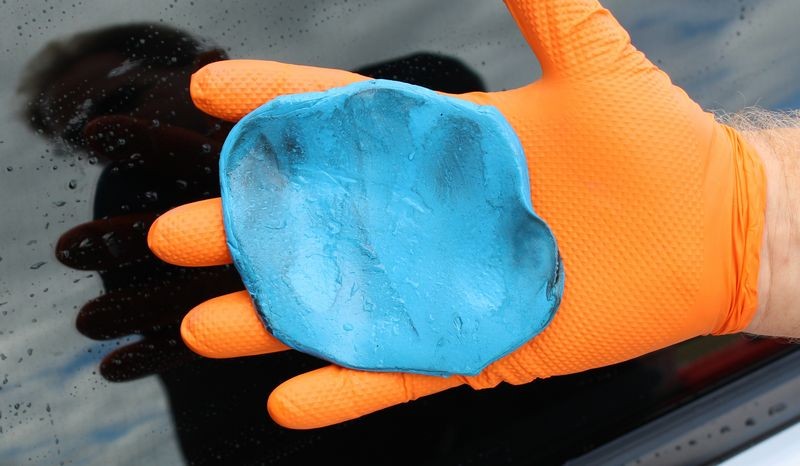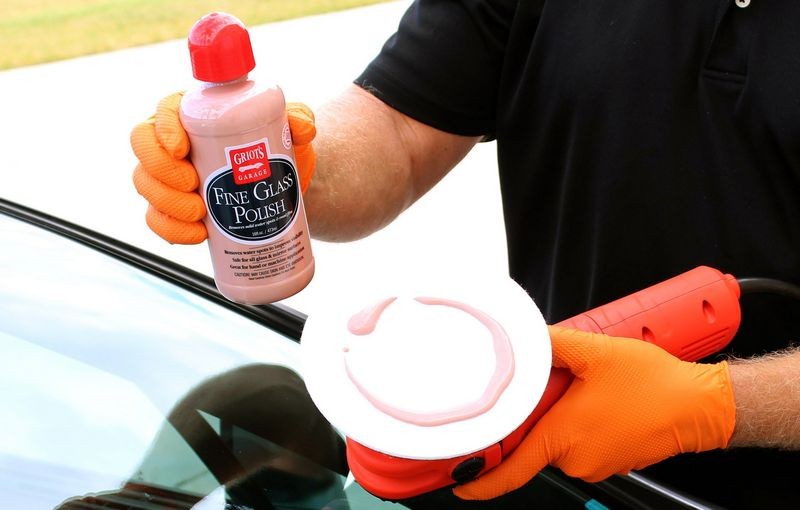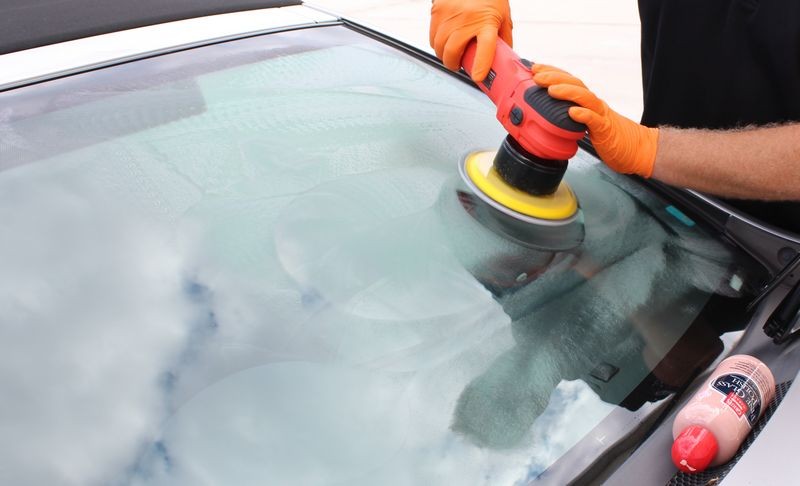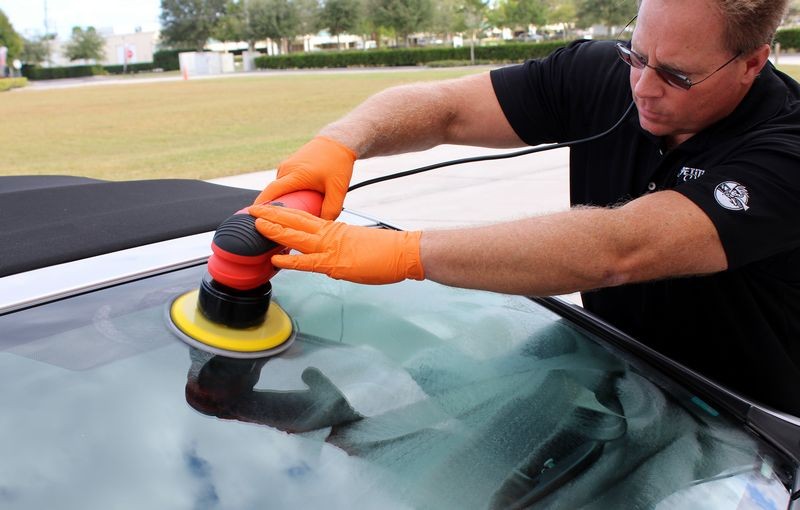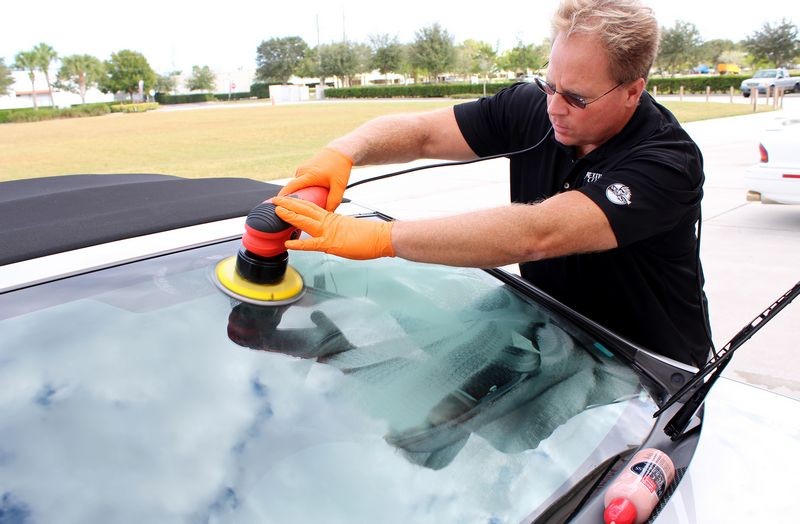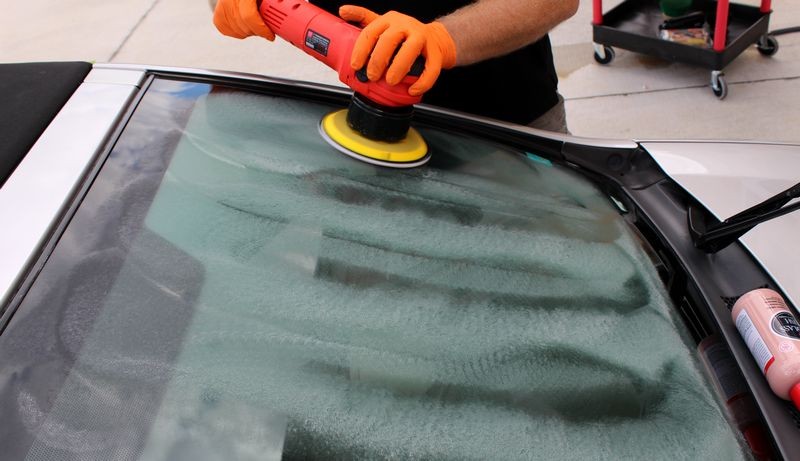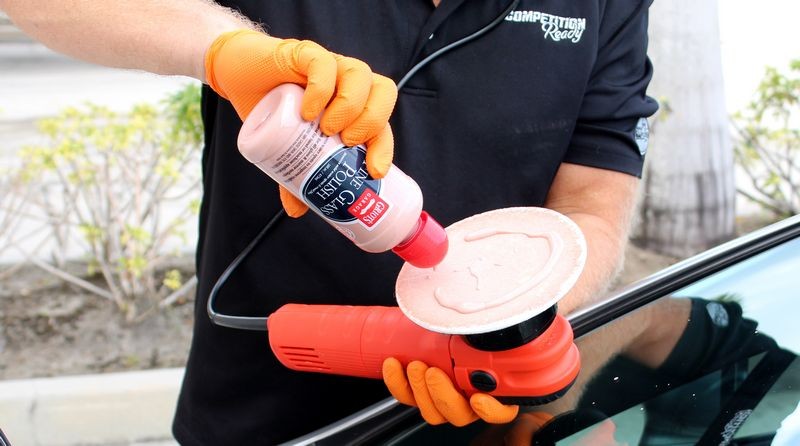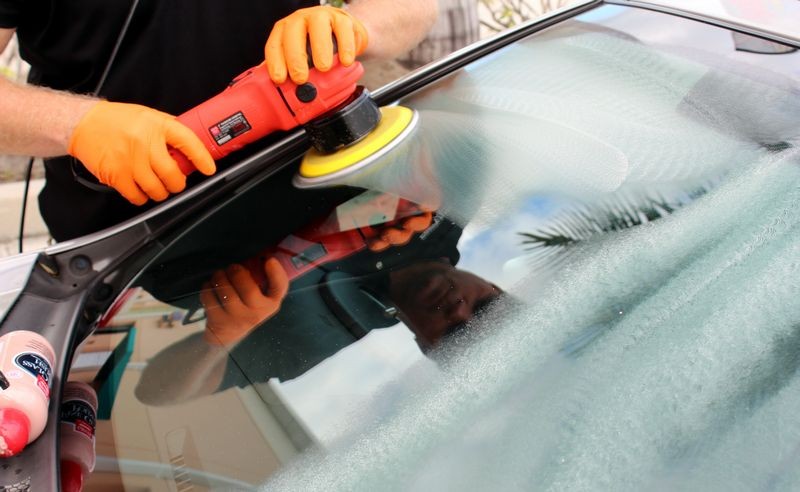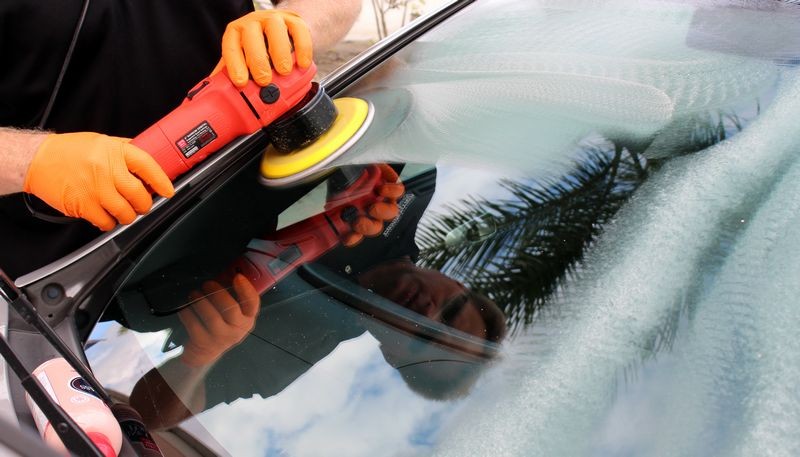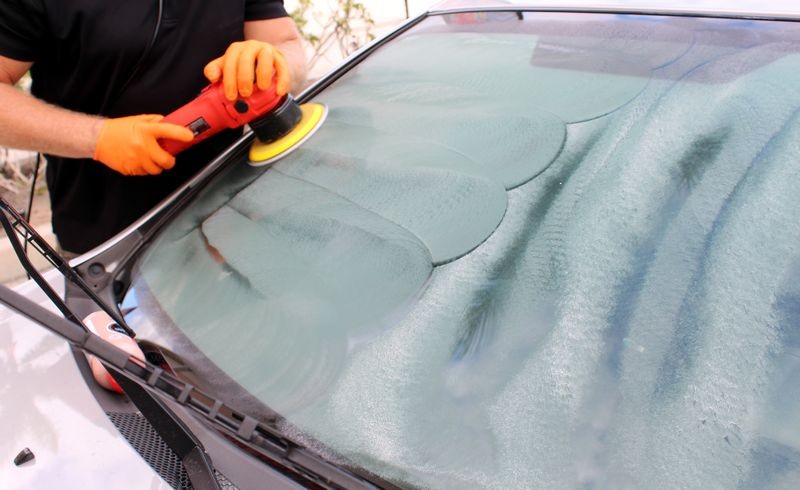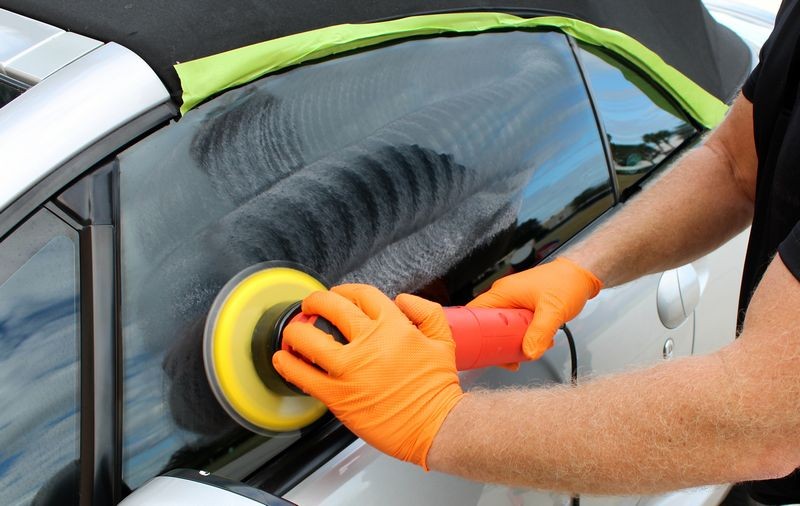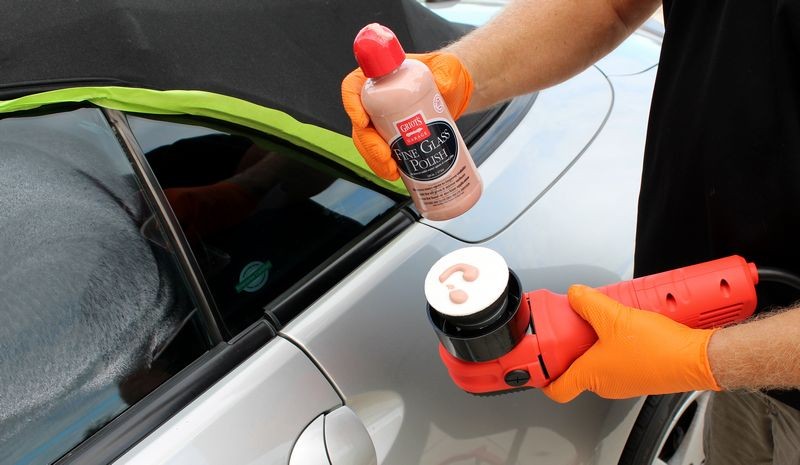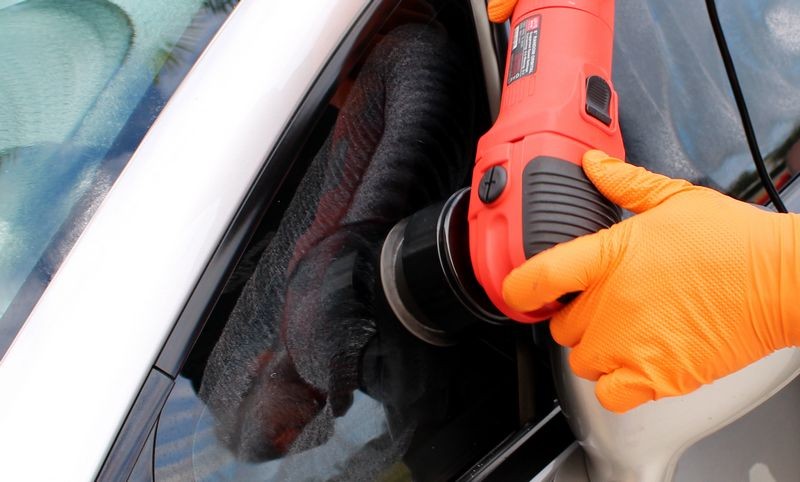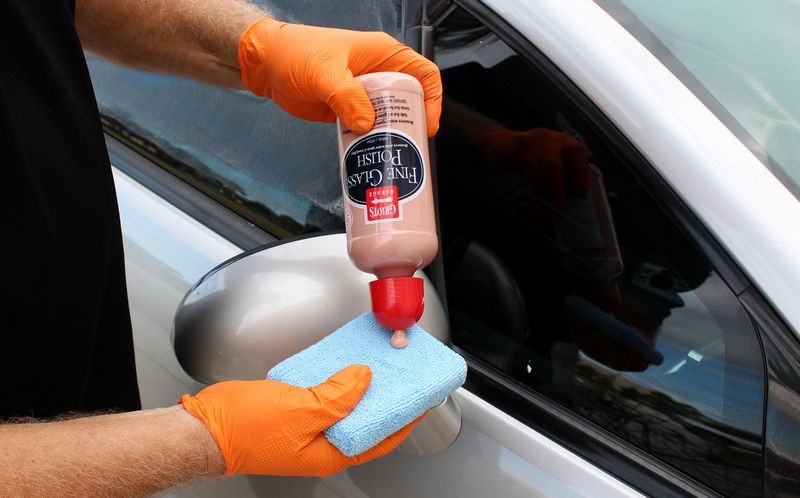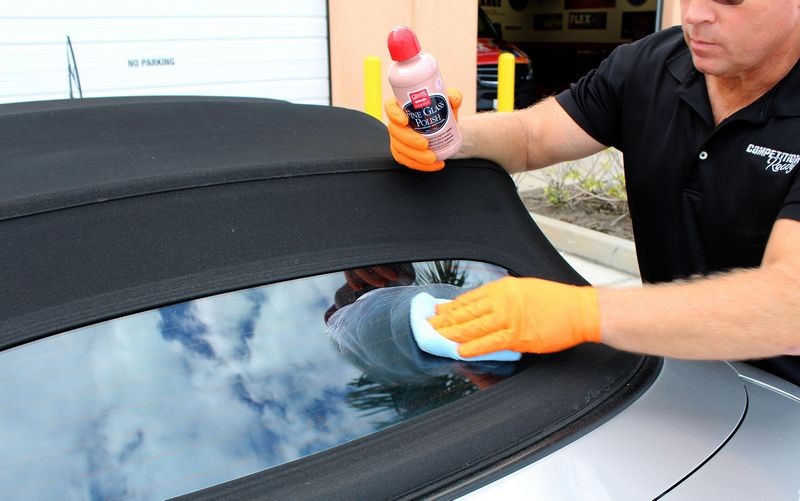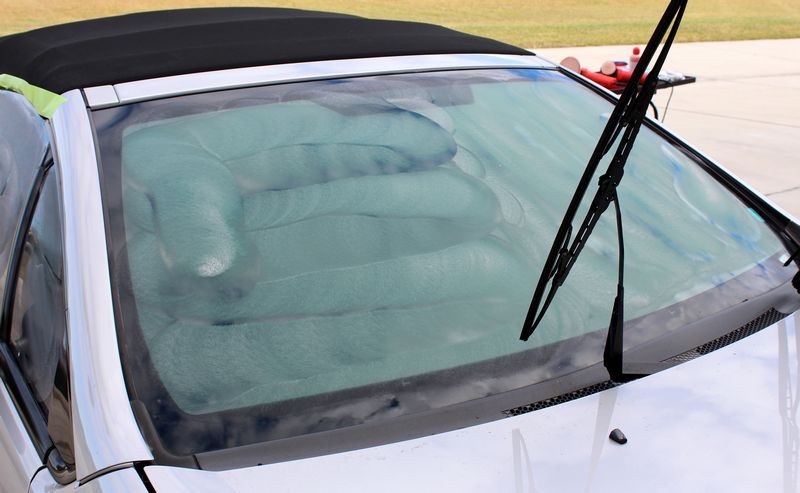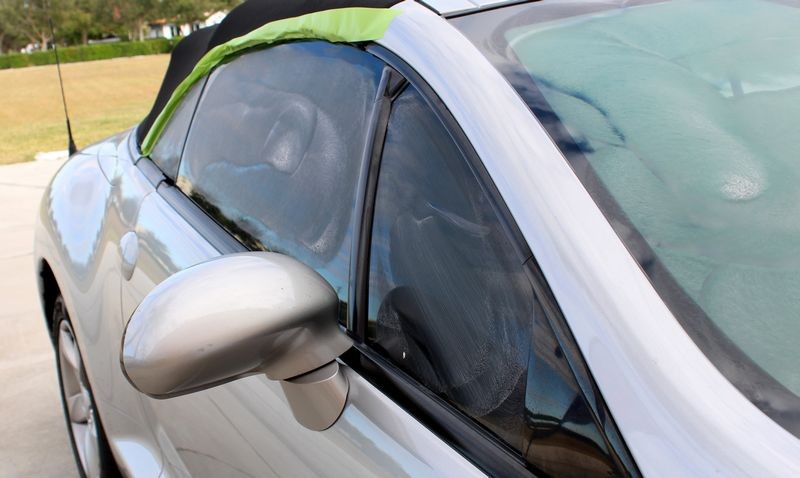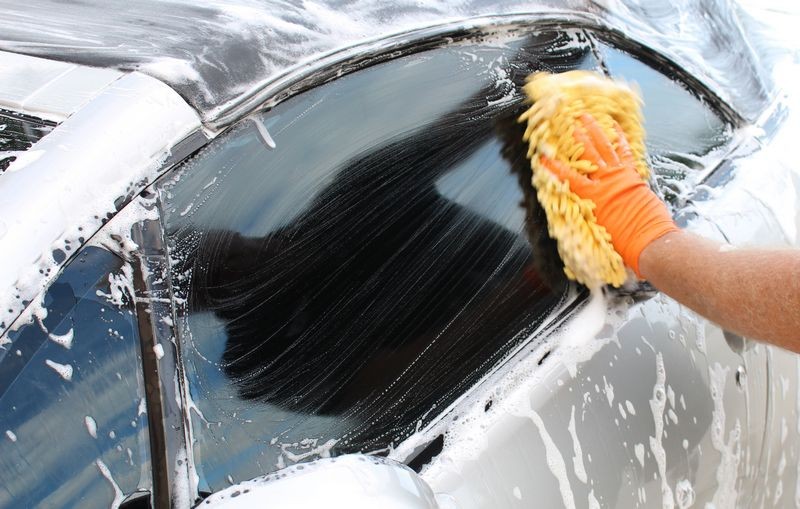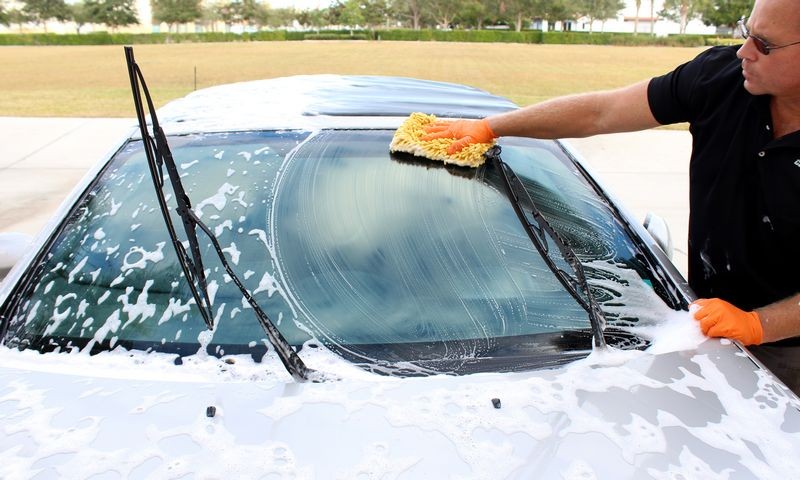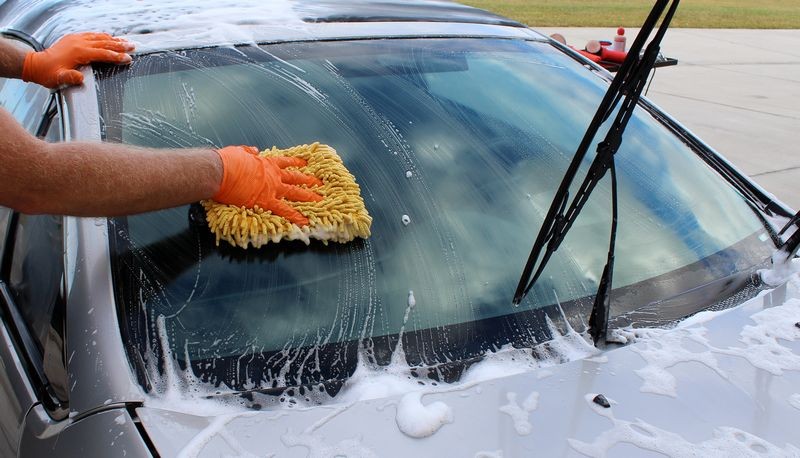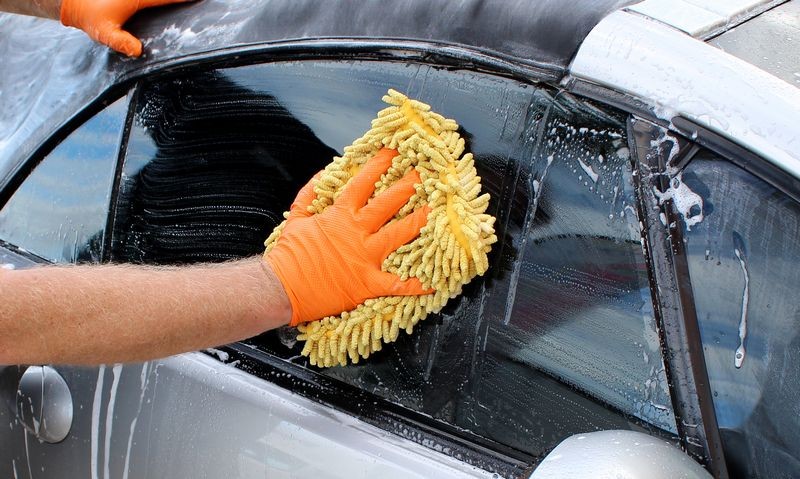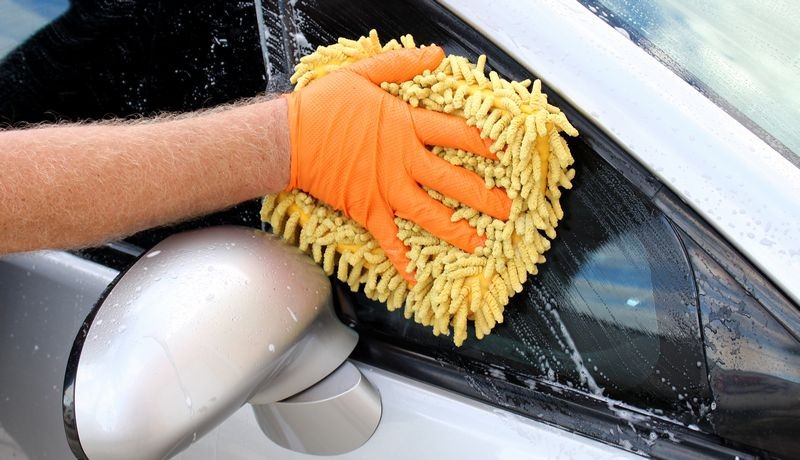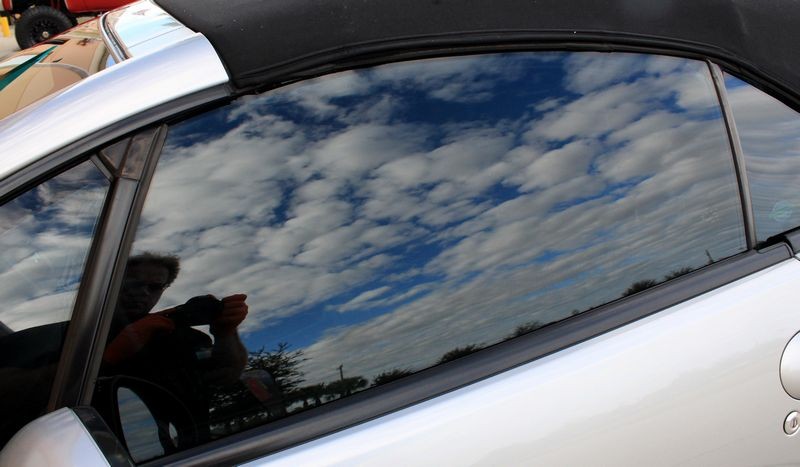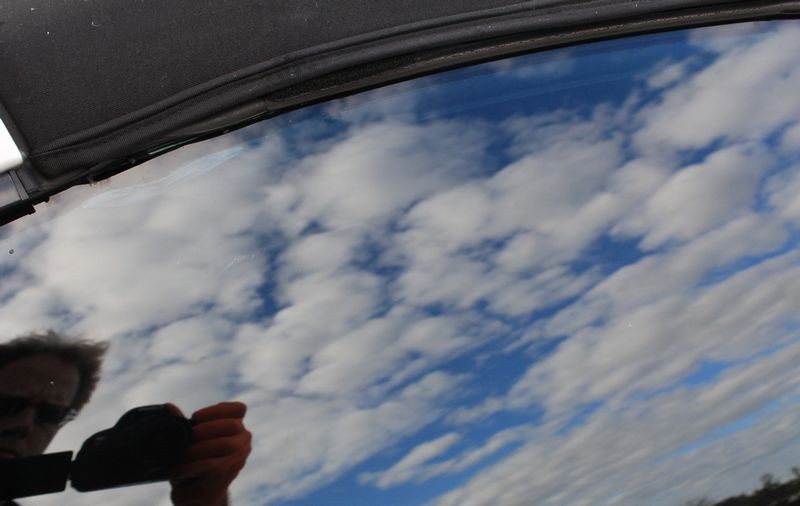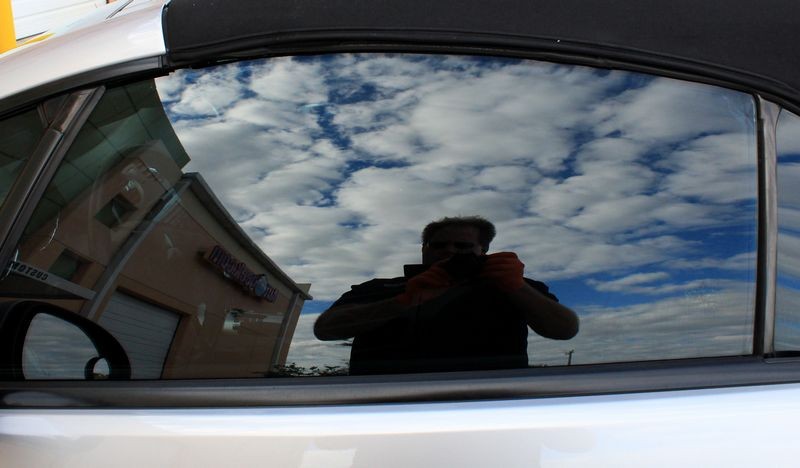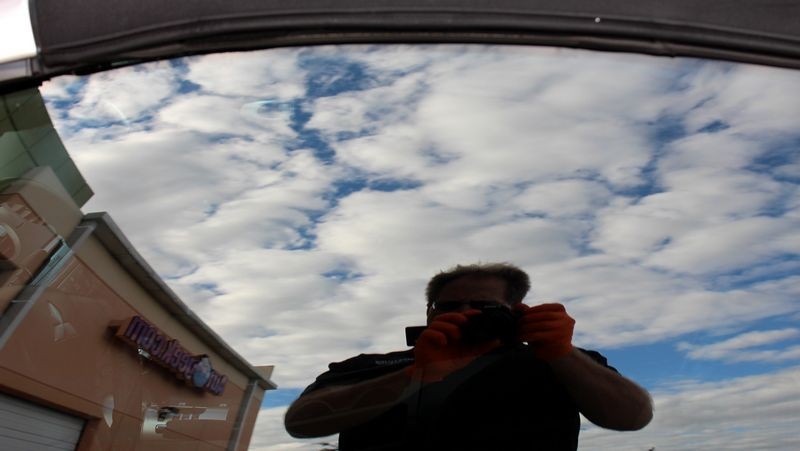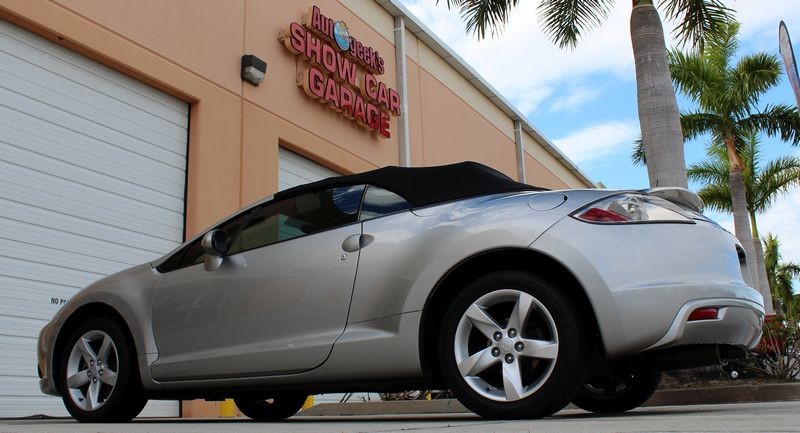Mike Phillips
Active member
- Dec 5, 2022
- 51,004
- 6
Review: Griots Fine Glass Polish - How to remove water spots and road film off car glass
Griot's Fine Glass Polish

Glass needs polishing just like your car's paint needs polishing.
Why?
Because just like your car's paint gets a stain build-up over time as you drive our car so does the glass on your car, truck or suv. A few years ago I wrote an article to explain why and how road film builds up on your car's paint. In the same manner, road film builds up on your car's glass. Here's the link to this article and the pictures in the article pretty much make it so simple to understand the what and the why that you don't even need to read the words... just look at the pictures.
Here's the link to the full article,
Road Film - If you drive your car in the rain your car has road film
Here's just one picture from the article...
Driving in the rain - For most of us it's unavoidable

Wanted: Demo car with water spots and road film on the glass
To write this article I needed a car with road film and water spots or water drizzle stains on the glass. After walking through the parking lot here at Autogeek I found this Mitsubishi Eclipse Convertible. Not only do the windows have the problem I'm looking for but I also needed a convertible to showcase Griot's Convertible Top Cleaner, Griot's Fabric Protectant and the new Big Blue Drying Towels we have here at Autogeek.
Here's the car and the glass before polishing.... you can see other cars behind this one in our parking lot.
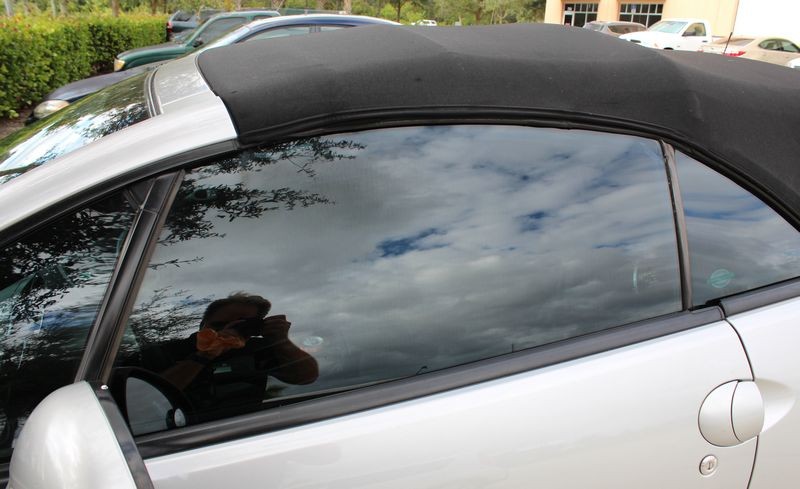
Now let me zoom in a little.... see the water spots on the glass?
The word spot invokes the idea of a round visual defect of mineral deposits on the glass... but there's more than one type of water spot that builds up on glass and what you see here are both spots or stains on the glass and also a layer of road film all over the exterior glass.
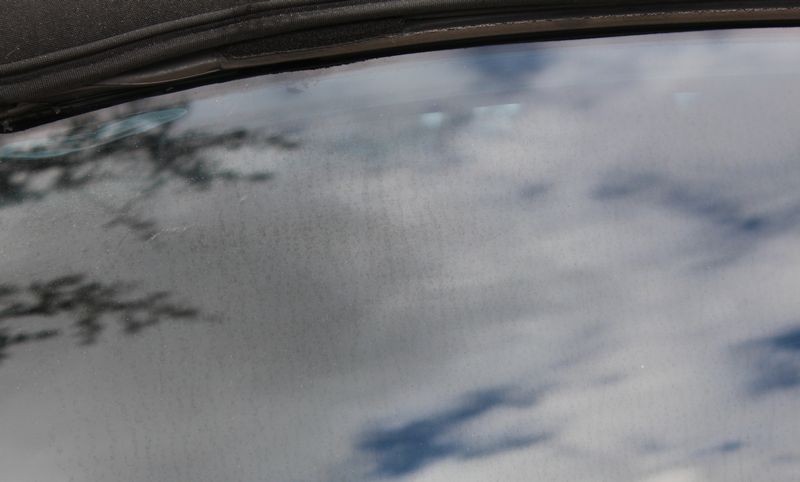
Water Drizzle Stains
See the water spots? Actually, if you think about what you're looking at, these are lines of water spots or water drizzle stains. This is where the water tends to stream down the window and over time, the water and all the junk in the water from the air pollution as well as the spray of dirty water that gets all over your car from the cars that drive in front of you when it rains, creates it's own imprint trail on the glass.
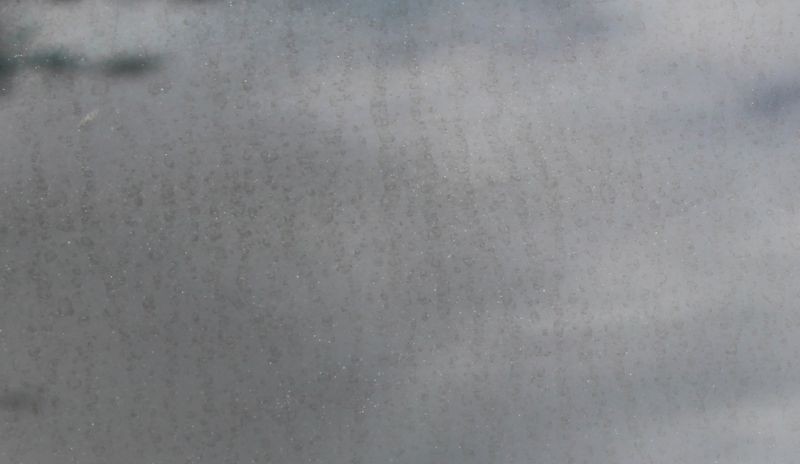
Won't wipe off with a glass cleaner
So it's not just simple water spots on glass it's water staining and road film staining and this layer of gunk on the glass is tough to get off. It certainly won't simply wipe off with a spray-on glass cleaner. No - it must be abraded off using a product that uses glass-safe abrasives and then somehow applied either by hand or machine.
Here you can see the same water drizzle stains on the wing window glass....
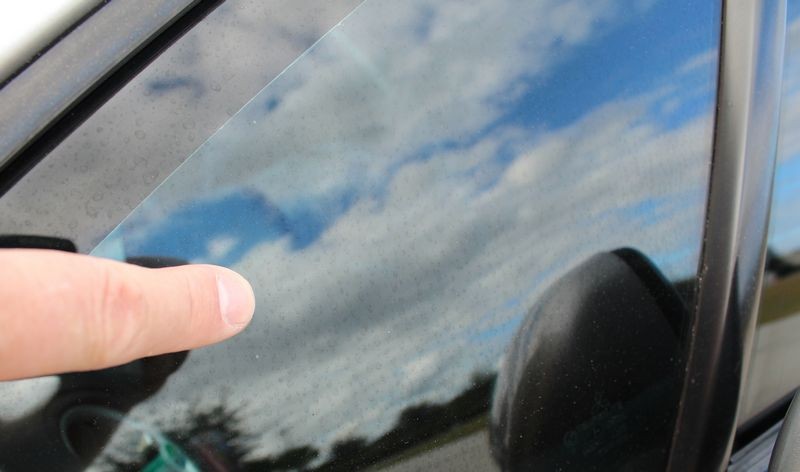

Griot's Fine Glass Polish

Glass needs polishing just like your car's paint needs polishing.
Why?
Because just like your car's paint gets a stain build-up over time as you drive our car so does the glass on your car, truck or suv. A few years ago I wrote an article to explain why and how road film builds up on your car's paint. In the same manner, road film builds up on your car's glass. Here's the link to this article and the pictures in the article pretty much make it so simple to understand the what and the why that you don't even need to read the words... just look at the pictures.
Here's the link to the full article,
Road Film - If you drive your car in the rain your car has road film
Here's just one picture from the article...
Driving in the rain - For most of us it's unavoidable

Wanted: Demo car with water spots and road film on the glass
To write this article I needed a car with road film and water spots or water drizzle stains on the glass. After walking through the parking lot here at Autogeek I found this Mitsubishi Eclipse Convertible. Not only do the windows have the problem I'm looking for but I also needed a convertible to showcase Griot's Convertible Top Cleaner, Griot's Fabric Protectant and the new Big Blue Drying Towels we have here at Autogeek.
Here's the car and the glass before polishing.... you can see other cars behind this one in our parking lot.

Now let me zoom in a little.... see the water spots on the glass?
The word spot invokes the idea of a round visual defect of mineral deposits on the glass... but there's more than one type of water spot that builds up on glass and what you see here are both spots or stains on the glass and also a layer of road film all over the exterior glass.

Water Drizzle Stains
See the water spots? Actually, if you think about what you're looking at, these are lines of water spots or water drizzle stains. This is where the water tends to stream down the window and over time, the water and all the junk in the water from the air pollution as well as the spray of dirty water that gets all over your car from the cars that drive in front of you when it rains, creates it's own imprint trail on the glass.

Won't wipe off with a glass cleaner
So it's not just simple water spots on glass it's water staining and road film staining and this layer of gunk on the glass is tough to get off. It certainly won't simply wipe off with a spray-on glass cleaner. No - it must be abraded off using a product that uses glass-safe abrasives and then somehow applied either by hand or machine.
Here you can see the same water drizzle stains on the wing window glass....

